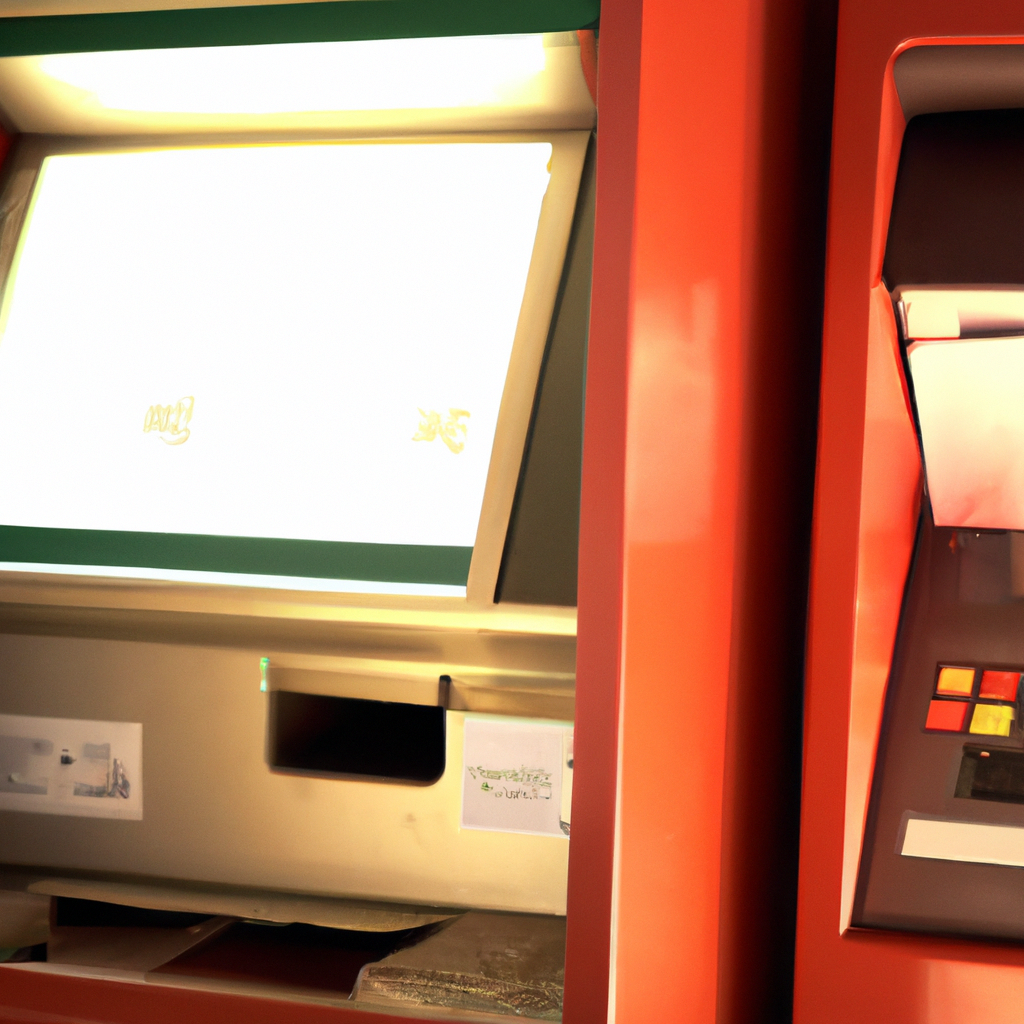An ATM or Automated Teller Machine is a self-service banking machine that allows customers to perform various banking transactions without the need of a bank teller. One of the essential functions of an ATM is to dispense cash to customers who wish to make a withdrawal. In this article, we will explore the ATM cash dispensing process, including the ATM money distribution, cash withdrawal process, and ATM operation.
ATM Cash Dispensing
An ATM cash dispensing process involves the following steps:
1. Customer Request: The customer initiates the cash withdrawal process by inserting their debit or credit card into the ATM and entering their personal identification number (PIN).
2. Authorization: The ATM verifies the customer’s identity and checks their account balance to ensure that they have sufficient funds to complete the transaction.
3. Cash Dispensing: If the customer has sufficient funds, the ATM dispenses the requested amount of cash. The cash is dispensed through a dispenser unit located inside the ATM.
ATM Money Distribution
The cash vending machine inside an ATM is responsible for dispensing cash to customers. The cash dispenser unit contains a cassette that stores the cash. The cassette is loaded with a specific amount of cash by a bank representative or an armored car service.
When a customer makes a cash withdrawal request, the ATM sends a signal to the dispenser unit to release the requested amount of cash. The cash dispenser unit counts the cash bills and dispenses them to the customer through a slot in the ATM.
Cash Withdrawal Process
The cash withdrawal process at an ATM involves the following steps:
1. Card Insertion: The customer inserts their debit or credit card into the card reader slot on the ATM.
2. PIN Entry: The customer enters their personal identification number (PIN) using the keypad on the ATM.
3. Transaction Selection: The customer selects the “Withdrawal” option on the ATM screen and enters the desired amount of cash they wish to withdraw.
4. Authorization: The ATM verifies the customer’s identity and account balance to ensure that they have sufficient funds to complete the transaction.
5. Cash Dispensing: If the customer has sufficient funds, the ATM dispenses the requested amount of cash through the cash dispenser unit.
ATM Operation
ATMs are computerized machines that operate using sophisticated software and hardware components. The ATM is connected to the bank’s computer network, which allows it to access the customer’s account information and perform various banking transactions.
The ATM consists of the following components:
1. Card Reader: The card reader reads the customer’s debit or credit card and transmits the information to the ATM’s computer for verification.
2. Keypad: The keypad allows the customer to enter their personal identification number (PIN) and select the desired transaction.
3. Screen: The screen displays the transaction options, account information, and prompts the customer to enter their PIN.
4. Cash Dispenser: The cash dispenser unit contains the cash cassette and dispenses the requested amount of cash to the customer.
Conclusion
The ATM cash dispensing process involves several steps, including customer request, authorization, and cash dispensing. The ATM money distribution is managed by a cash dispenser unit that stores the cash cassette and dispenses the requested amount of cash to the customer.
The cash withdrawal process at an ATM involves card insertion, PIN entry, transaction selection, authorization, and cash dispensing. ATMs operate using sophisticated software and hardware components, including a card reader, keypad, screen, and cash dispenser.
In conclusion, ATMs are a convenient and efficient way for customers to perform various banking transactions, including cash withdrawals. Understanding the ATM cash dispensing process, ATM money distribution, cash withdrawal process, and ATM operation is essential for every ATM user.







